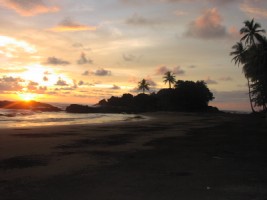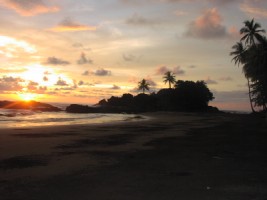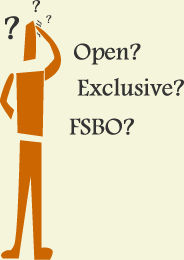Costa Rica – 1999:
The year that I arrived here with my family. There just weren’t that many Gringos, or foreigners of any flavor really, in Costa Rica’s southern pacific zone. Many of the foreigners that were here shared a similar idea. Land was so cheap that you could buy several hectares (one hectare = 2.47 acres) of land, cut off a piece, and sell it for nearly what you put into the whole piece. I used to call this “The Costa Rican Formula”.

If you think back over any real estate cycle anywhere on planet earth, lets say San Francisco, or Denver, it started out with families owning large tracts of essentially valueless land. Governments typically gave land away at this stage of the cycle. Homesteading laws had some rather liberal restrictions that, if followed, enabled a family to take possession of the large tract of land. These families then used the land to live on and sustain themselves.
Costa Rica real estate was in that part of the “the cycle” a surprisingly short while ago.
I say this to help establish the paradigm here. We are early in the cycle. The majority of my career has been selling raw, undeveloped land. To this day there isn’t a large selection of houses, but there are getting to be more all the time. We are simply heading into that phase of the cycle.
“The Costa Rican Formula” is the obvious way to develop and make money on land. Buy a larger piece, cut it into smaller pieces and sell them. It is so obvious in fact that it enjoys a very brief period of the real estate growth cycle.
For the purpose of this article, I’m not writing about big developers that buy and develop large parcels. I’m referring to your normal joe, back in the day, slopping into an 8-ish acre piece of land. Then, they find out that they can cut off 3 of those 8 acres and bahdah-bing bahdah-boom, they own their 5 remaining acres for free.


 In my previous article I considered the workings of the standard Costa Rica real estate model – the Open Listing.. If you haven’t read it (and would like to) you can by
In my previous article I considered the workings of the standard Costa Rica real estate model – the Open Listing.. If you haven’t read it (and would like to) you can by 